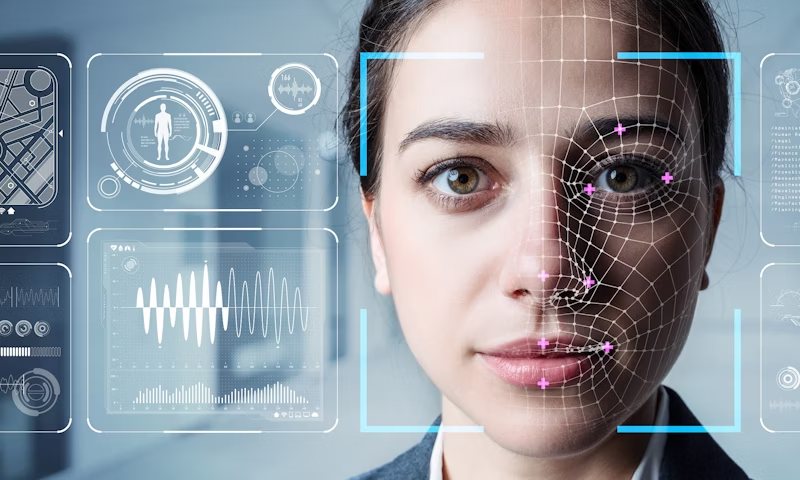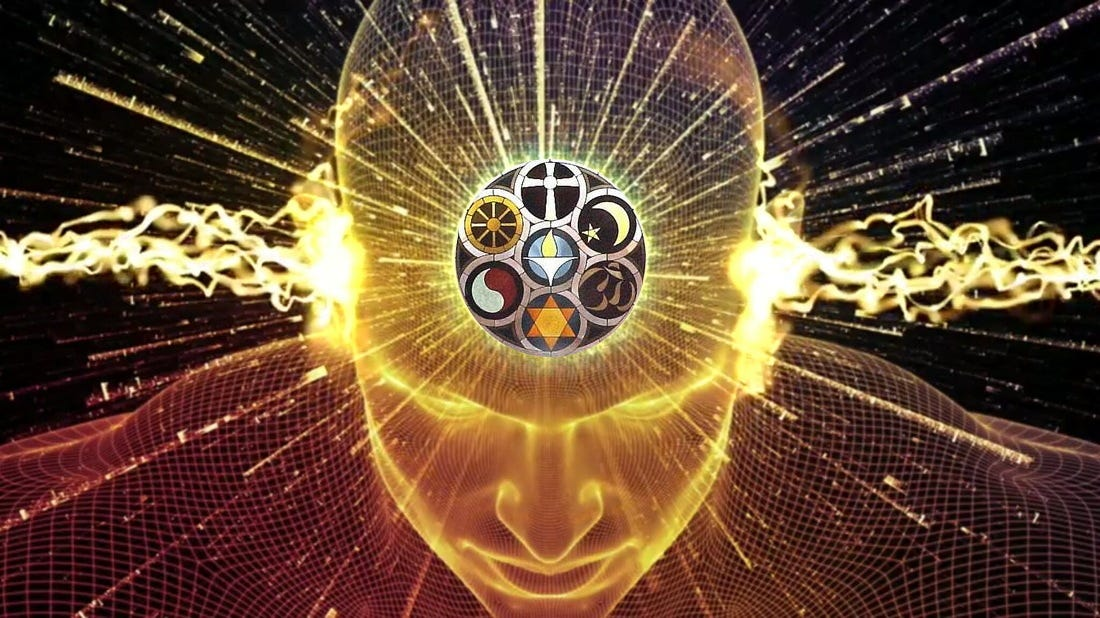In recent years, the emergence of deepfake technology has posed unprecedented challenges to both law enforcement and the legal system. Deepfakes—AI-generated audio, video, or images that appear disturbingly real—have been used to impersonate individuals, fabricate events, and even mislead criminal investigations. As this technology becomes more accessible, its potential for misuse in legal contexts raises serious concerns about the reliability of digital evidence.
Courts worldwide are now being forced to re-evaluate how they assess evidence authenticity. Legal experts warn that without updated forensic tools and stricter digital evidence protocols, the risk of wrongful convictions or unjust acquittals could increase. This has already prompted jurisdictions like California and China to introduce specific laws targeting the malicious use of deepfakes, especially in criminal and political contexts.
The legal community must now balance technological advancement with constitutional rights. Digital forensics teams are investing in AI detection tools, but the arms race between fake and detection continues. As we move deeper into the digital era, ensuring the integrity of evidence is no longer optional—it’s essential to uphold justice in an age of manipulation.







